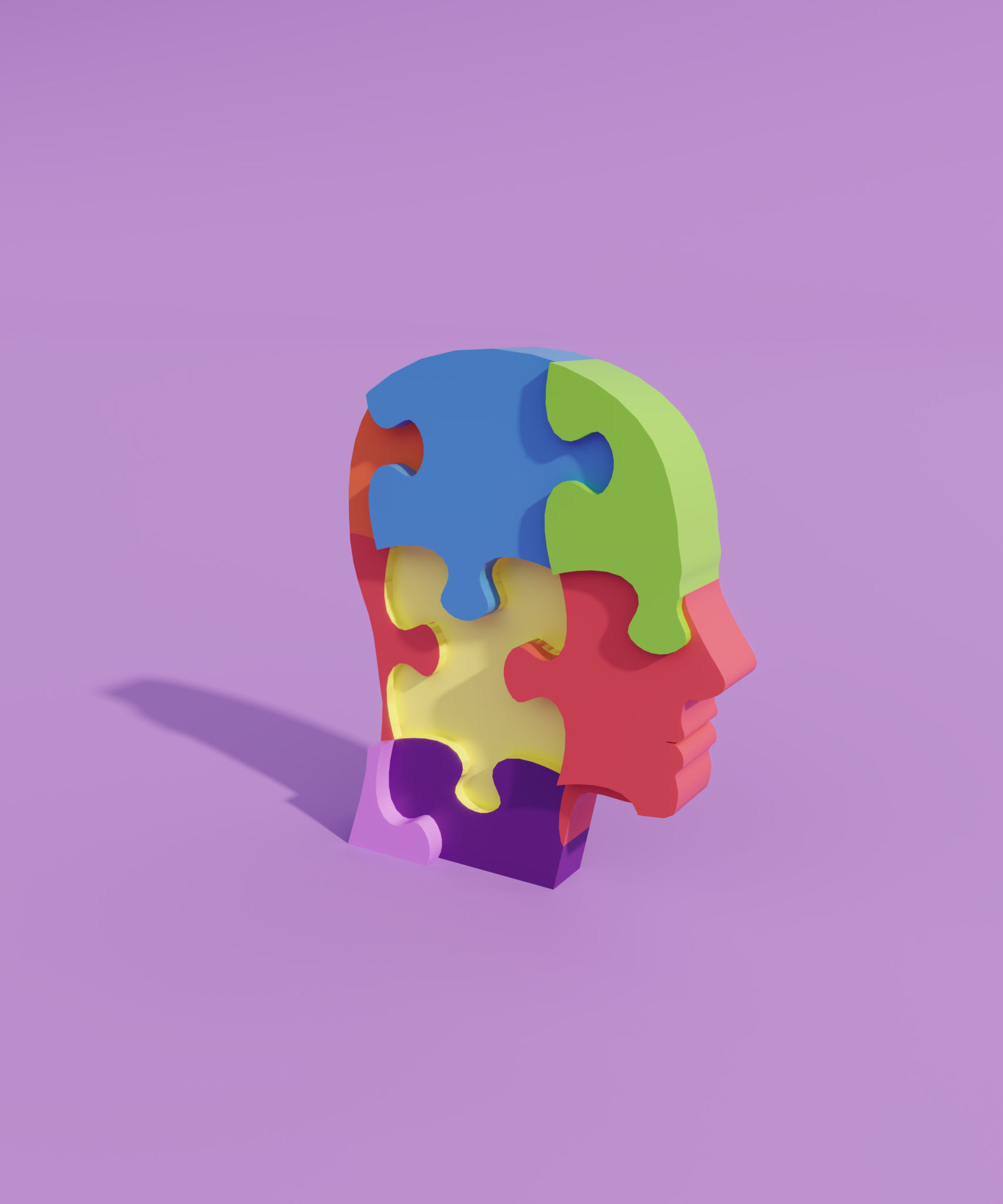Debunking Myths About Trauma: What You Really Need to Know
Understanding Trauma
Trauma is a complex and multifaceted experience that affects people in varying ways. Despite the growing awareness around mental health, several myths continue to cloud our understanding of trauma. It's crucial to separate fact from fiction to provide better support to those affected.

Myth 1: Trauma Only Results from Major Events
A common misconception about trauma is that it only stems from catastrophic events such as natural disasters or wars. However, trauma can also arise from less obvious experiences like emotional abuse, bullying, or neglect. These seemingly minor incidents can have profound effects on an individual's mental health.
Myth 2: Trauma Affects Everyone the Same Way
Another myth suggests that trauma affects everyone uniformly. In reality, people respond to traumatic events differently based on their resilience, coping mechanisms, and even genetic predispositions. Some might develop post-traumatic stress disorder (PTSD), while others may not exhibit any noticeable symptoms.
Recognizing the Signs of Trauma
Recognizing trauma is not always straightforward, as it manifests in various ways. Symptoms can range from physical reactions like fatigue and headaches to emotional responses such as anxiety and depression. Being aware of these signs can help in seeking timely intervention.

Myth 3: Time Heals All Wounds
The belief that time alone can heal trauma is misleading. While time can aid healing, many individuals require active intervention through therapy or support groups. Leaving trauma unaddressed can lead to chronic mental health issues, affecting one’s quality of life.
Myth 4: Only Weak People Experience Trauma
This harmful stereotype undermines the real and challenging effects of trauma. Experiencing trauma is not a sign of weakness but a human response to overwhelming circumstances. Acknowledging this can foster a more empathetic and supportive environment for those struggling.
Approaches to Healing
Healing from trauma involves various approaches tailored to individual needs. Therapy methods such as Cognitive Behavioral Therapy (CBT) and Eye Movement Desensitization and Reprocessing (EMDR) have proven effective. Additionally, support groups provide a sense of community and understanding.

Myth 5: Talking About Trauma Makes It Worse
Discussing traumatic experiences can be uncomfortable, but it is often a critical step in healing. Sharing one's story with a trusted therapist or group can help process emotions and reduce feelings of isolation. The key is to find a safe space where one feels comfortable opening up.
By debunking these myths, we can better support those affected by trauma, fostering recovery and resilience. Understanding that trauma is a personal journey that varies for each individual is essential in providing the right support and resources.
